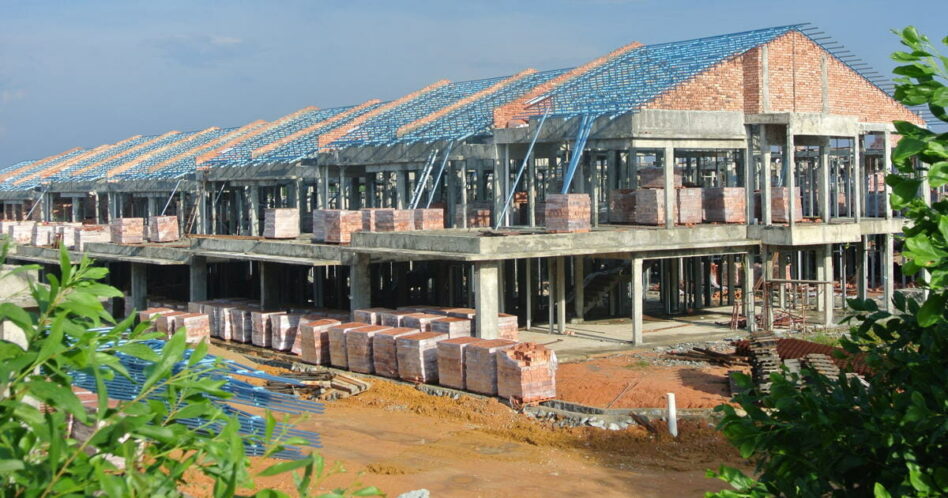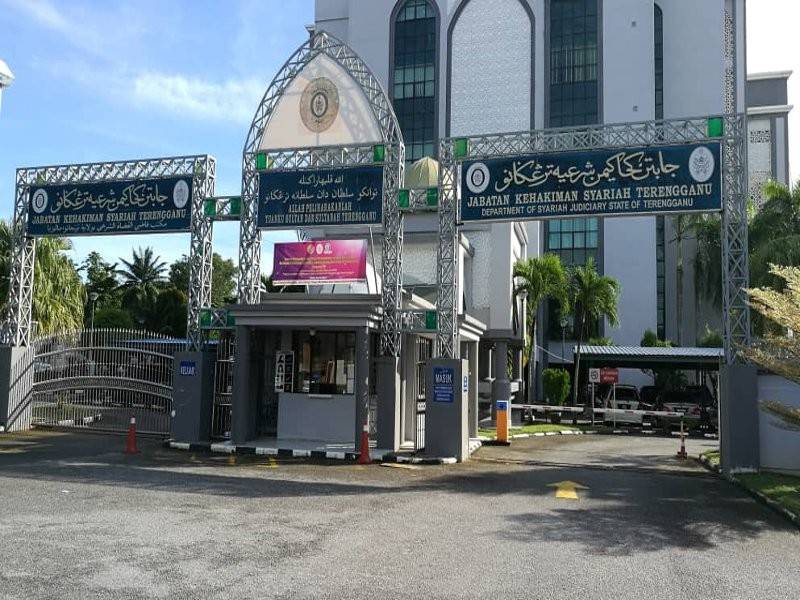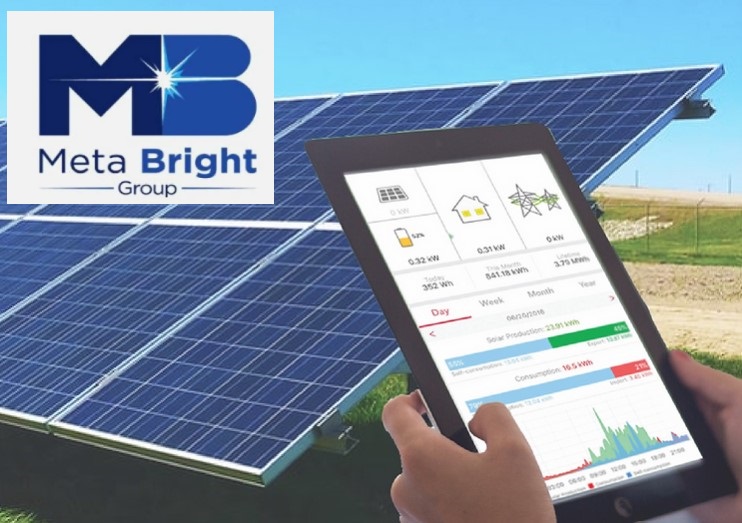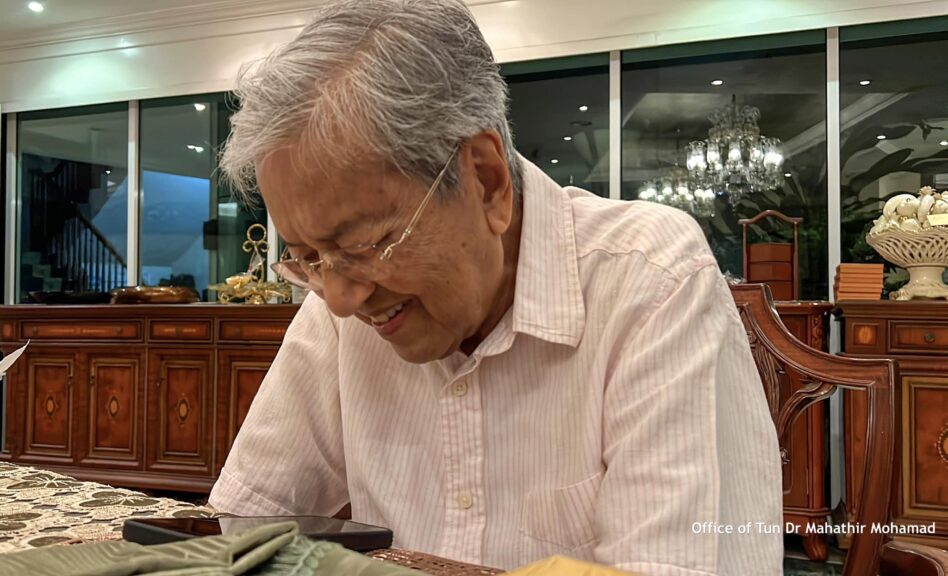ALTHOUGH Malaysia has revised its national poor household income average used to measure poverty known as the Poverty Line Income (PLI) from RM980 to RM2,208, the impact from this remains to be concretely translated into reality.
Many appear to be excluded from the welfare schemes as the Government is adopting the old PLI methodology for aid distribution.

The logic behind the PLI is underpinned by reference to the total monthly household income needed “to meet the minimum nutritional food and non-food requirements”. A household is, therefore, considered poor if his or her income falls below RM 2,208 as based on the 2019 methodology.
Prime Minister Datuk Seri Ismail Sabri Yaakob confirmed that around 580,000 households which were initially in the middle 40% (M40) category have slipped into the bottom 40% (B40) category (Figure 1). This represents 20% of households from the M40 – with income between RM4,850 and RM10,959 – that have moved to the B40.
According to the Department of Statistics (DOSM)’s Household Income Estimates and Incidence of Poverty Report (2020), within the B40, an additional 12.5% of households now have an income of less than RM2,500.
Based on the 12th Malaysia Plan (12MP) – Chapter 5: Addressing Poverty and Building an Inclusive Society:
- 405,441 households are categorised as absolute poor, i.e., households earning less than the PLI of RM2,208;
- 27,158 households are categorised as hardcore poor, i.e., households earning less than RM1,169 (food PLI);
- Around 2.91 million households earning an income less than RM 4,849 and are categorised as B40; and
- Around 2.91 million households earning an income between RM 4,850 to RM 10,959 are categorised as M40.
The current methodology emphasises optimum food intake and healthy eating, aside from 146 non-food items from the B20 households’ spending pattern in DOSM’s 2019 Household Income and Expenditure survey.
Malaysia has also established the Multidimensional Poverty Index (MPI) to measure non-monetary poverty more inclusively since 2016.
However, World Bank Malaysia revealed in its recently published policy note that the current version of the MPI only provides information about “… the bottom 3%, completely missing most of the B40”.
The MPI measures poverty from four dimensions, namely Education, Health, Living Standards and Income as shown in the table below:

Due to loss of jobs and income, the hardcore poor and B40 households would prioritise spending on basic needs – over clothing, education and health etc. – to cope with the rising cost of living.
For some of the self-employed who are not e-hailing drivers and delivery riders, the movement restrictions have constrained their ability to go out and earn daily wages to survive.
Even though the Government introduced numerous stimulus packages for the self-employed, it is limited to one-off assistance that covers full-time e-hailing drivers and taxi drivers only.
And as self-employed, they are typically neither not automatically covered by work-related social protection nor entitled to certain employment benefits.
But the self-employed and those in the gig economy can now contribute to the Employees Provident Fund (EPF) under the Voluntary Contribution with Retirement Incentive (i-Saraan), whereas housewives can enjoy EPF’s facility under i-Suri.
However, according to a survey by UNICEF Malaysia that is captured in its “Families on the Edge”, 45% of employed heads of households are not registered with EPF and SOCSO.
EMIR Research would like to propose the following brief policy recommendations – to further provide support for the lower income groups and the poor:
- Expand the MPI to include a new dimension, i.e., pension or retirement protection.
In addition, add new indicators under Living Standards such as internet access. Internet access should by now regarded as a constitutional (if ever-so implicitly) and basic right.
Indicators under Living Standards should also be expanded to include government quarters and government flats. - Increase the statutory retirement age to 65 – as part of the plan for the accumulation of retirement savings.
Introduce a Basic State Pension (BSP) targeted at the B40, conditional on outstanding EPF accounts by retirement age being below a certain amount. The BSP could be funded by general taxation.
Otherwise, the pre-existing Bantuan Warga Emas (BWE) could be expanded and reoriented to be more comprehensive and universal in coverage – both in terms of payment and recipients.
Or implement a compulsory contributory social insurance pension (SIP) scheme that pays out a deferred annuity (monthly payment) indexed to future inflation, as proposed by Khazanah Research Institute (KRI).
In summary, it is high time that we also move beyond the current MPI as well as over-reliance on the EPF.
Lastly, the Government should adopt the current PLI methodology for its welfare cash disbursement and distribution. – Oct 23, 2021
Jason Loh and Amanda Yeo are part of the research team of EMIR Research, an independent think tank focused on strategic policy recommendations based on rigorous research.
The views expressed are solely of the author and do not necessarily reflect those of Focus Malaysia.










